
Words Matter …
I’ve been studying the retail marketplace and consumer thinking and behavior for many years in an effort to understand the way our industry thinks and responds to an ever-dynamic and changing competitive environment.
Frankly, the more I try to understand, the more perplexed I become, sometimes to the point where it’s difficult to rationalize some of the decisions we continue to make.
Your garden center is a destination for your customer. Inherent in the term “destination” is the reality that your customer has already made a considered and conscious decision to make a dedicated trip to your store and has an extremely high intent to purchase something. And being primed to purchase, before they even arrive at your door, sales to them are yours to lose; you really have to make a concerted effort to disappoint them for them to walk out without buying anything.
With time being such a precious commodity for your customer, the likelihood that many of them just dropping in to kill some time and browse around with little pre-determined intent to purchase is highly suspect.
The Disconnect
So what makes you a destination? What motivates the customer to make that special trip?
Well, it might be your word of mouth reputation from other customers or from your social media pages and peer reviews. Or it could be that they had a great experience with you in the past and they’re looking for a repeat performance. Or possibly it was the outstanding value they perceived, or the super impression your product quality made on a prior visit.
But I can almost guarantee that one reason they are coming to you as a destination isn’t because you have the lowest prices!
Yet, when I review garden center advertising media, be they print, online, or broadcast, the only three things I see are a mature picture of the product, a short product name/description and a big focus on a price point.
Contrary to many garden center owners’ thinking, most customers have no idea about what a “good” price is, since very few ever take the time to comparison shop.
Sure, they may compare competitive ads that feature “geraniums in a 6-inch container” with different price points from different venues, but I give the consumer enough credit to recognize that there are other variable factors to consider when comparing “value” of the offerings: things like plant quality, spacing, in-store maintenance, and on and on.
It’s impossible to compare price value of our products as you can with manufactured items like a can of Campbell’s soup or an Apple Watch.
Today’s value-oriented customers aren’t stupid; they know that you get what you pay for (that doesn’t mean they want to over-pay or feel gouged, just feeling that they were treated fairly).
I don’t believe that the consumer has any expectation that your prices will be as low as your big box competitors; they are coming to you expecting to pay more for your quality and a great experience.
It’s my firm belief that WE, not your customer, think price is more important than it really is!
We’ve discussed in the past the fact that, in addition to purchasing a very visual product, the real driving purchase factors are things like solutions, satisfaction, fulfillment and enhanced quality of life.
Imagination Retail
Another way of looking at this is described in a new book, “Brand Management Strategies” by Bill D’Arienzo. “We live in an era that should give a voice to the dreamers,” he writes.
He believes that “marketers need to provide hope and possibility as part of how brands (your store!) project themselves to their audience.” While we’re still trying to get our head around “Experiential Retail,” Bill posits that the next logical step in the retail journey will be focused on “Imagination Retail.”
Following up on these thoughts about Imagination Retail, brand architect, Ken Nisch, pointed out the importance of this concept on attracting younger customers into your stores.
“Millennials live in the future, not in the past, he says. “They are thinking about the job they don’t have yet, the trip they haven’t gone on, what
they are going to learn. They are future-forward, whereas Boomers tend to talk about what they have or what they’ve done. Retail needs to be more about looking forward, not looking back.”
At the core of their psyche, your customer can better relate to the living and breathing plants you provide, their past and anticipated experiences, and the hope that you can and will tickle their imagination and stimulate dreams than to a pure focus on communicating prices.
These intangibles are what compel the customer to your garden center, making you a final destination.
Don’t get me wrong, price will always be a part of the value equation; we just need to ensure that it’s not our sole focus for attracting customers.
We have a tremendous opportunity to talk about and communicate the real value of your products and your brand in advertising and in-store simply by changing, adding and using terms and words that the consumer can relate to and our products can deliver better than almost any others.
It’s up to you to initiate this conversation. Words matter …




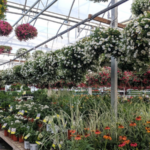


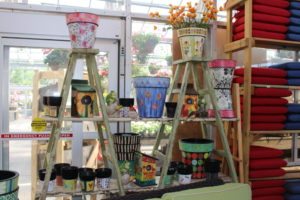
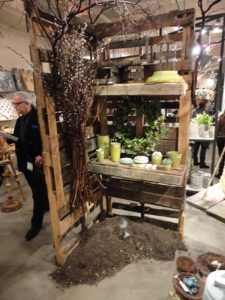

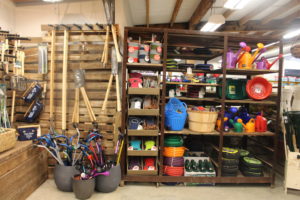
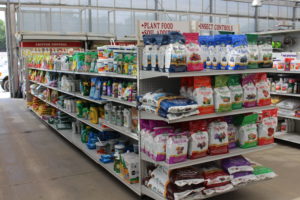
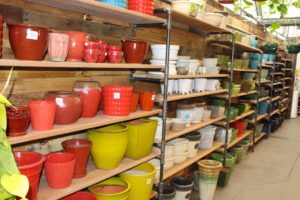

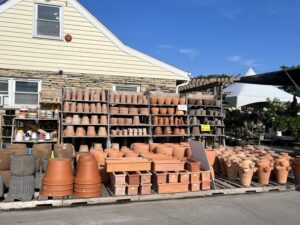
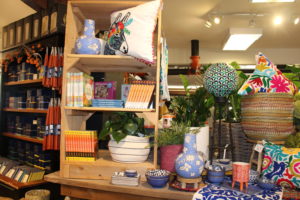
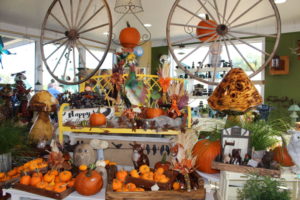

 Videos
Videos





